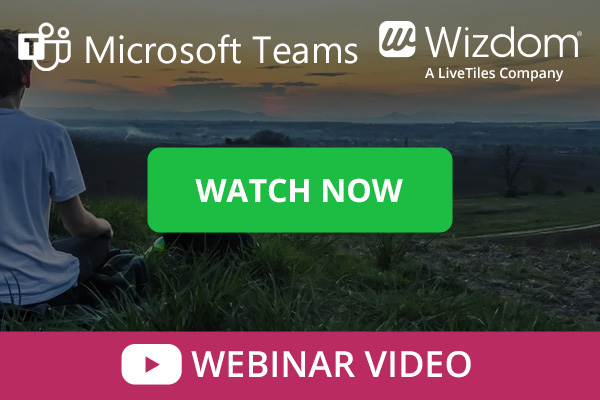
Webinar video: How to bring your intranet into MS Teams
In this webinar video we will show how you can set up MS Teams to create one stop intranet solution.

In this webinar video we will show how you can set up MS Teams to create one stop intranet solution.
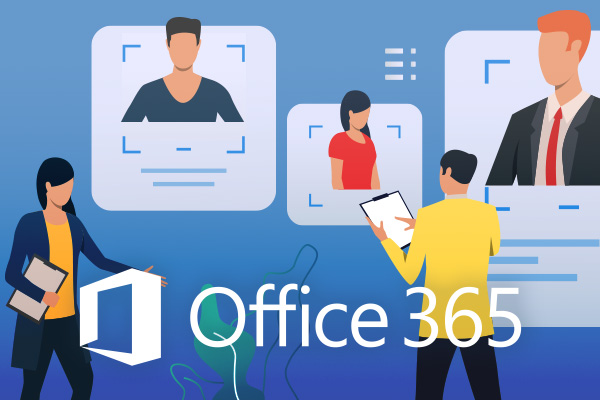
LiveTiles Office 365 profile completion tool has enormous potential for your profiles and your intranet!
Have you missed our webinar on 3 classic mistakes to avoid when deploying MS Teams? Watch the video.
On the back of this we’ll soon be able to offer our customers a ‘pocket’ intranet for mobile users that don’t have an Office 365 account.
Have you already deployed MS Teams and are experiencing some of the issues above? Dont despair! We will also cover how you can gain control over your Office 365 self-service environment even long after a MS Teams rollout.

Introducing a new Wizdom for MS Teams – your entire digital workplace delivered in Teams
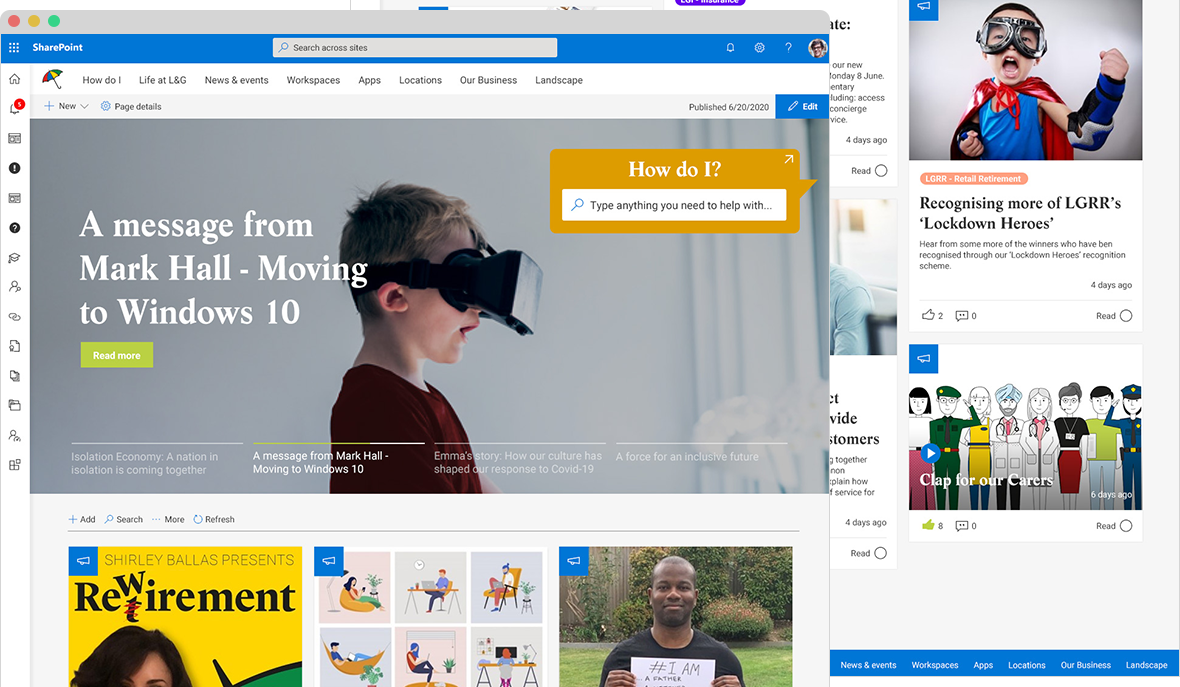
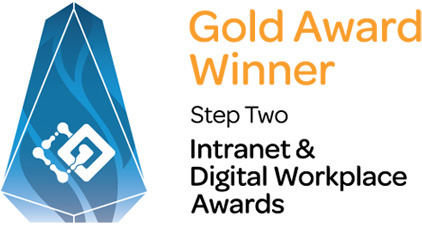
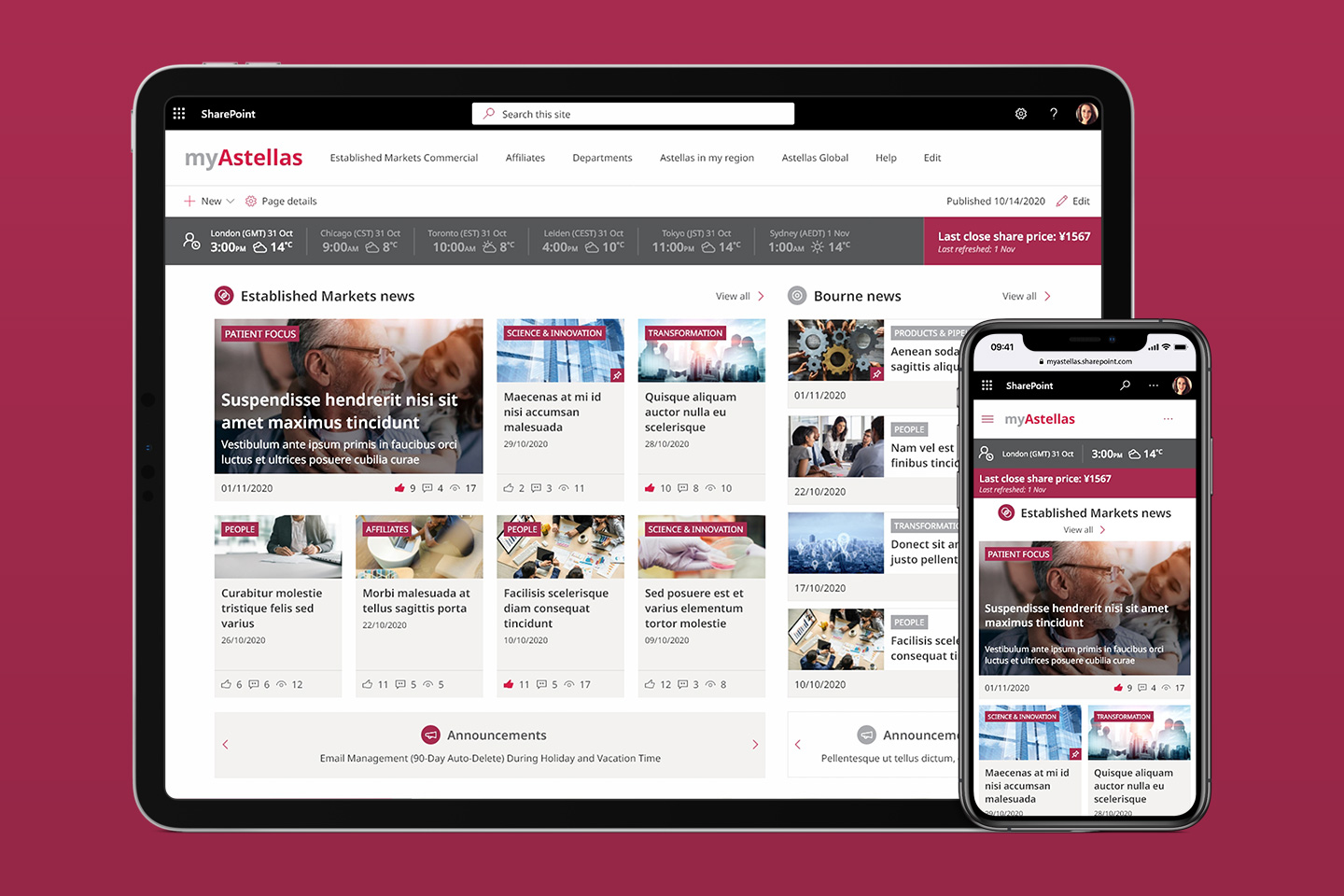
Tips to help you contain governance sprawl within your intranet and collaboration tools
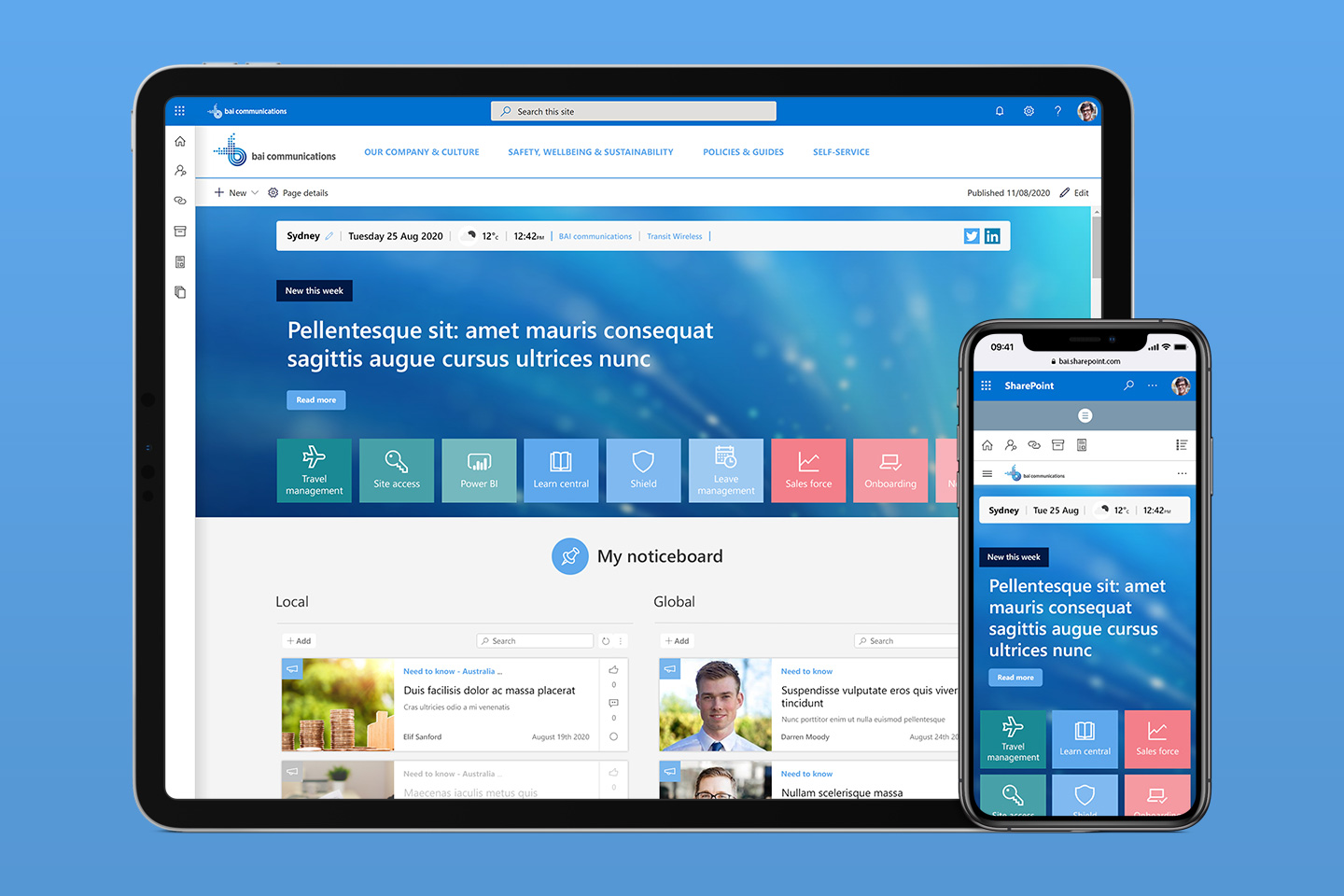
LiveTiles Bots allows integration with MS Flow and MS Teams to expand the functionality of what a bot can do, and the systems it can integrate with.
Book in a live demo with us to discuss your project and find out more about our services, solutions and how we can add value to your digital workplace. Simply fill out the form and pick a time and date in our calendar.
Alternatively, if you have a question and would like more information about Content Formula, please visit our contact us page.
We look forward to meeting you.
We use cookies to give you the best experience on our site. By continuing to use our website, you are agreeing to our use of cookies. To find more about the cookies, please see our cookie notice.
You can also read our privacy policy.